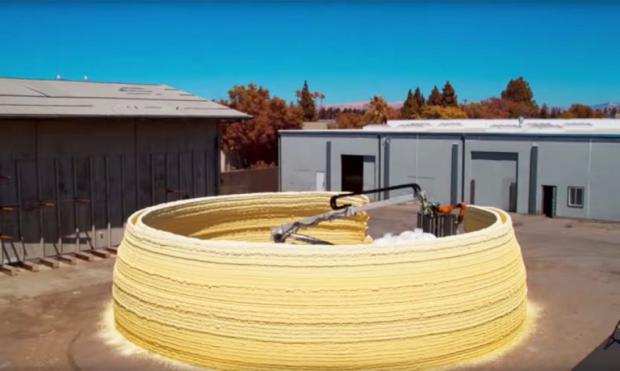
Breaking News
6.5x55 Swedish vs. 6.5 Creedmoor: The New 6.5mm Hotness
Best 7mm PRC Ammo: Hunting and Long-Distance Target Shooting
 Christmas Truce of 1914, World War I - For Sharing, For Peace
Christmas Truce of 1914, World War I - For Sharing, For Peace
Top Tech News
 EngineAI T800: Born to Disrupt! #EngineAI #robotics #newtechnology #newproduct
EngineAI T800: Born to Disrupt! #EngineAI #robotics #newtechnology #newproduct
 This Silicon Anode Breakthrough Could Mark A Turning Point For EV Batteries [Update]
This Silicon Anode Breakthrough Could Mark A Turning Point For EV Batteries [Update]
 Travel gadget promises to dry and iron your clothes – totally hands-free
Travel gadget promises to dry and iron your clothes – totally hands-free
 Perfect Aircrete, Kitchen Ingredients.
Perfect Aircrete, Kitchen Ingredients.
 Futuristic pixel-raising display lets you feel what's onscreen
Futuristic pixel-raising display lets you feel what's onscreen
 Cutting-Edge Facility Generates Pure Water and Hydrogen Fuel from Seawater for Mere Pennies
Cutting-Edge Facility Generates Pure Water and Hydrogen Fuel from Seawater for Mere Pennies
 This tiny dev board is packed with features for ambitious makers
This tiny dev board is packed with features for ambitious makers
 Scientists Discover Gel to Regrow Tooth Enamel
Scientists Discover Gel to Regrow Tooth Enamel
 Vitamin C and Dandelion Root Killing Cancer Cells -- as Former CDC Director Calls for COVID-19...
Vitamin C and Dandelion Root Killing Cancer Cells -- as Former CDC Director Calls for COVID-19...
 Galactic Brain: US firm plans space-based data centers, power grid to challenge China
Galactic Brain: US firm plans space-based data centers, power grid to challenge China
MIT's New Solar 3D Printer Can Build Houses On Other Planets

MIT has created a robot that is capable of printing the entire basic structure of a building. Most importantly, the system can be powered with solar panels.
Recently, physicist Stephen Hawking shared his belief that within 100 years, humans will need to colonize nearby planets – such as Mars – to survive. He cited climate change and overpopulation as two major contributors to this necessity. With the Massachusetts Institute of Technology's (MIT) new 3D solar printer, building structures on other planets could be easier than once thought.
MIT has created a robot that is capable of printing the entire basic structure of a building. Most importantly, the system can be powered electrically with solar panels.
To show the technology off, the Institute constructed a 12-foot-high, 50-foot wide dome out of foam insulation framework, reports Inhabitat. In just 14 hours, the structure was completed. Said engineering graduate Steven Keating, who worked on the project:
"The construction industry is still mostly doing things the way it has for hundreds of years."

 The State's Last Stand
The State's Last Stand


